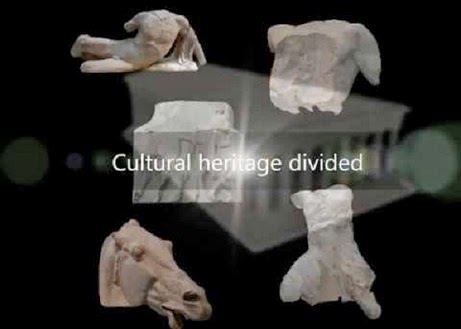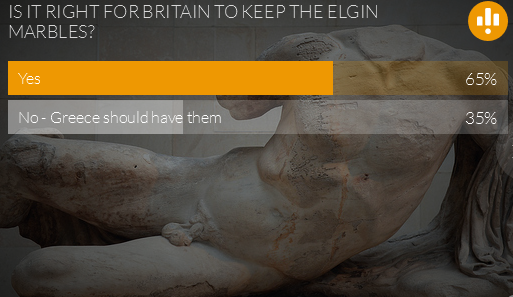Sew La Ti Embroidery [Search results for Greece]
Heritage: We owe Greece a cultural debt, classicists say

More Stuff: Is Greece about to lose the Parthenon Sculptures forever?

Southern Europe: Greece will not go to court over Marbles, says minister

More Stuff: Telegraph: Greece has no legal claim to the Elgin Marbles

Sudan: Sudan's pyramids, nearly as grand as Egypt's, go unvisited

The Duchess dazzles: Kate and William bring a touch of glamour to charity gala
Heritage: Byzantine bathhouse in Thessaloniki restored

Southern Europe: Contested 'Dorias' stele sold by Christies
Near East: Byzantine church to be 'restored' as mosque

Heritage: Zominthos archaeological site damaged by looters

Heritage: Athenian Long Walls covered with graffiti

Heritage: Amphipolis Tomb falls victim to lack of funding

Near East: Byzantine church in Turkey for sale on Internet


